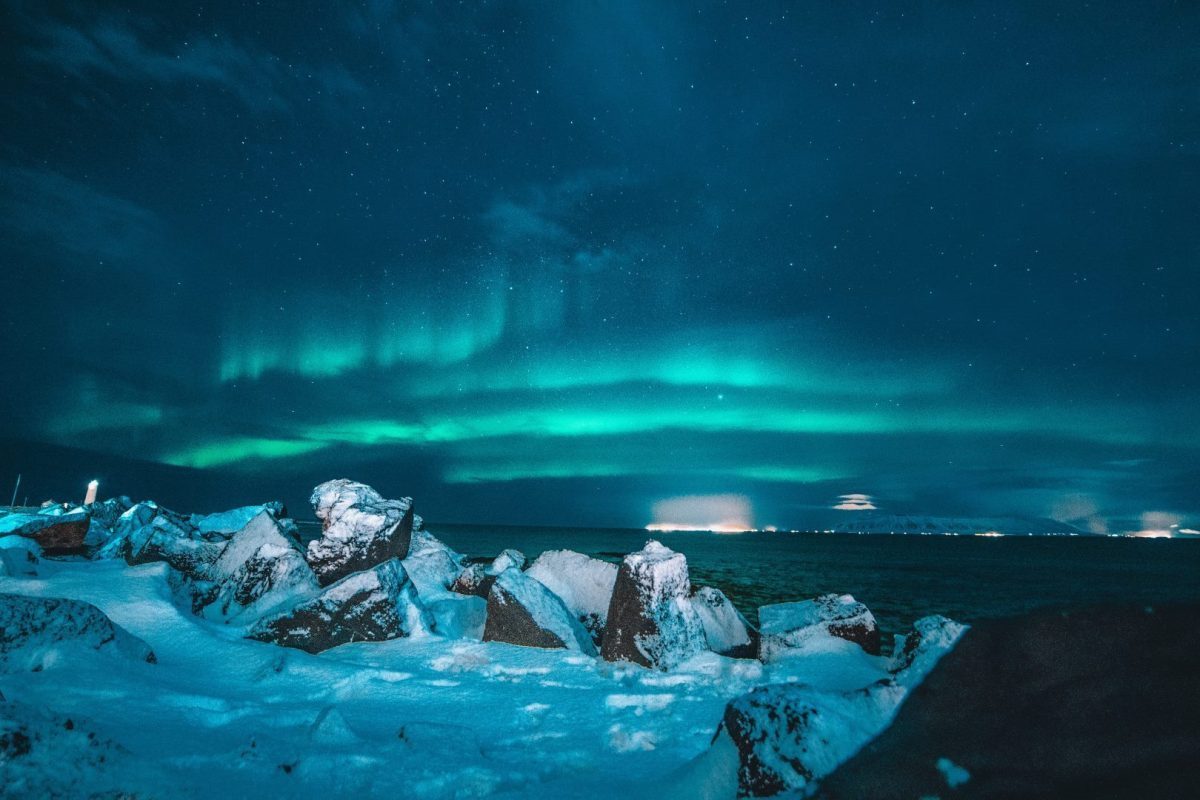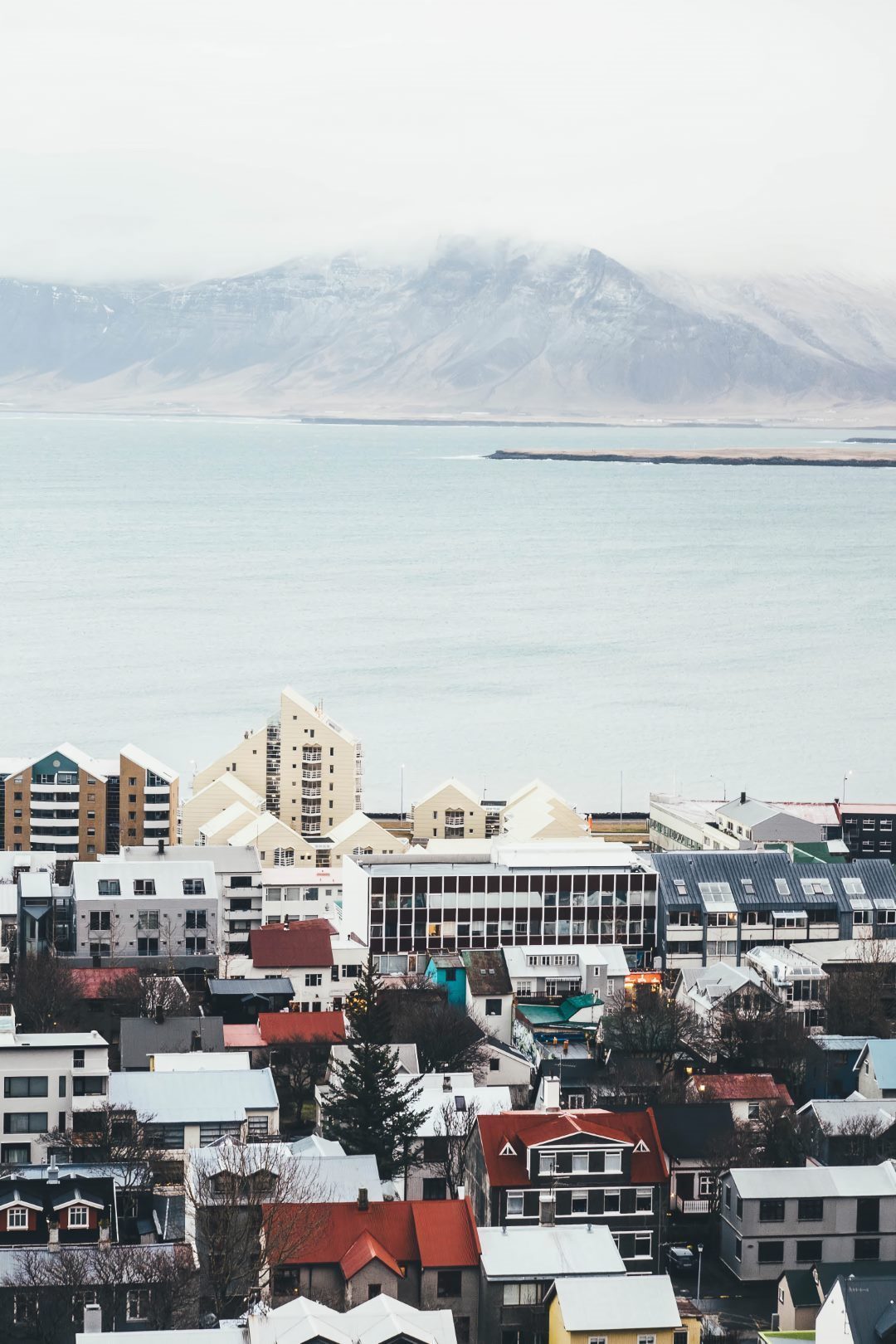How to Plan Your Reykjavik Tour: Whale Watching in Faxaflói Bay & Live Lava Show
Are you planning your visit to Iceland and looking for exciting and unique experiences in Reykjavik? One must-see experience that you won’t want to miss is the whale watching tour in Faxaflói Bay and the only live LAVA SHOW in the world! In this blog post, we will guide you through how to plan your tour and everything you need to know before booking.The Experience
The tour consists of a whale watching excursion and the LAVA SHOW Reykjavik, which is perfect for all ages and provides a unique perspective on Iceland’s natural wonders.Highlights
During the whale watching tour, you will have the opportunity to: – Experience a whale watching tour from Reykjavik – Learn about the different species of whales and see man-made models up close – Discover Iceland’s bountiful variety of whales, dolphins, and porpoises The LAVA SHOW Reykjavik includes: – The only live LAVA SHOW in the world! – See red-hot lava up close in a safe environment – Learn about lava volcanoes and geology – Experience an incredible and unique experienceTour Description
The tour operates daily, and you can choose from three different time schedules: 1. Whale Watching departure at 09:00 & Lava Show at 14:00 2. Whale Watching departure at 13:00 & Lava Show at 18:00 3. Lava Show at 12:00 & Whale Watching departure at 14:00 You will start the tour with whale watching in Faxaflói Bay, where you will be taken on a comfortable boat ride to observe the fascinating wildlife in their natural habitat. The experienced guide will provide you with relevant information on the different species of whales that you will encounter during the tour. It’s a unique experience, and you never know what you’ll see, but be sure to keep an eye out for humpback, minke, and killer whales, as well as dolphins and porpoises. After the whale watching tour, you will head back to Reykjavik, where you will have some time to explore the city and grab a quick bite before the LAVA SHOW starts. The LAVA SHOW Reykjavik is an immersive experience that will take you to the edge of a volcano. You will witness an eruption in a safe environment and get up close to the red-hot molten lava. The show is 50 minutes long, and you will have the opportunity to learn about the geology, lava volcanoes, and Iceland’s fascinating history.Booking
To book the tour, head to the official website, where you can select the tour date, time, and number of participants. We recommend booking in advance to secure your spot and avoid disappointment.Book Your Tour Now
If you’re planning your trip to Iceland, the whale watching tour in Faxaflói Bay and the LAVA SHOW Reykjavik are must-see experiences. It’s a unique opportunity to discover the wildlife of Iceland, learn about the country’s rich geology and history, and witness the only live lava show in the world. We hope this guide has helped you plan your tour and get the most out of your visit to Reykjavik.
Frequently Asked Questions About Reykjavik, Iceland
Reykjavik is the northernmost capital city in the world and a hub of culture, tourism, and natural wonders. Are you planning to visit Reykjavik anytime soon? Here are the answers to the most commonly asked questions about this fascinating city.1. What is the best time to visit Reykjavik?
The best time to visit Reykjavik depends on your preferences and interests. If you want to experience the famous Northern Lights, you should visit between September and March when the nights are long and dark. If you prefer mild weather and outdoor activities, you should visit between June and August, when the temperatures are around 10-15°C and the days are long and full of sunlight.2. Do I need a visa to visit Reykjavik?
If you are a citizen of the European Union, the European Economic Area, or Switzerland, you do not need a visa to enter Iceland or Reykjavik. However, if you are a citizen of a non-EU country, you may need a Schengen visa to enter Iceland. Check with the Icelandic embassy or consulate in your country to find out the visa requirements for your nationality.3. What is the currency used in Reykjavik?
The currency used in Reykjavik and the rest of Iceland is Icelandic krona (ISK). You can exchange your currency for ISK at the airport, banks, or exchange offices in the city. Most shops, restaurants, and hotels in Reykjavik accept credit cards, but it’s a good idea to carry some cash for smaller expenses.4. What are the must-see attractions in Reykjavik?
Reykjavik has many attractions and landmarks that are worth visiting, such as: – Hallgrimskirkja, a unique church with a stunning view over the city – The Sun Voyager, a sculpture located by the sea – Harpa, a modern concert hall and conference center – The National Museum of Iceland, which showcases the country’s history and culture – The Whales of Iceland exhibition, which displays life-size models of Iceland’s marine mammals – The Golden Circle, a popular route that includes Geysir, Gullfoss, and Thingvellir National Park5. Is Reykjavik an expensive city?
Yes, Reykjavik is generally considered an expensive city for tourists. The cost of accommodation, food, and activities can be higher than in many other European cities. However, there are ways to save money, such as staying in a hostel or a guesthouse instead of a hotel, cooking your meals instead of eating out, and choosing free or low-cost activities.6. What are the best options for transportation in Reykjavik?
Reykjavik has a reliable and easy-to-use public transportation system that consists of buses. You can buy a single fare, a day pass, or a multi-day pass from the bus driver or at a bus station. If you prefer to explore the city on foot, most of the main attractions are within a walking distance from each other. Taxis are also available, but they can be expensive.7. What is the weather like in Reykjavik?
Reykjavik has a subarctic climate with cool temperatures and frequent precipitation throughout the year. The average high temperature in summer (June to August) is around 12°C, while the average low temperature in winter (December to February) is around -1°C. It’s important to pack warm clothes, waterproof jackets, and sturdy shoes when visiting Reykjavik, regardless of the season.8. What are some traditional Icelandic dishes?
Icelandic cuisine is unique and often based on fresh, local ingredients such as seafood, lamb, and dairy products. Some of the traditional Icelandic dishes that you should try in Reykjavik are: – Grilled lamb with potatoes and vegetables – Icelandic meat soup, a hearty soup made with lamb meat and vegetables – Harðfiskur, a type of dried fish that is often eaten as a snack – Fermented shark, a polarizing delicacy that is usually served with a shot of schnapps – Skyr, a type of yogurt that is high in protein and low in fat9. What are some outdoor activities to do in Reykjavik?
Reykjavik and its surrounding areas offer a wide range of outdoor activities, such as: – Hiking on a glacier or a volcano – Horseback riding in the countryside – Whale watching tours from the harbor – Relaxing in a geothermal pool or hot spring – Snowmobiling or dog-sledding on a glacier – Snorkeling or diving in the crystal-clear waters of Silfra fissure10. Is it safe to visit Reykjavik?
Yes, Reykjavik is generally a safe city for tourists. Iceland has one of the lowest crime rates in the world, and the city is known for its friendly and welcoming atmosphere. However, it’s always a good idea to take common sense precautions, such as locking your valuables in a safe, avoiding dark and isolated areas at night, and being aware of your surroundings.
How to Spend Your Time as a Tourist in Reykjavik
Reykjavik, the capital of Iceland, is a charming city that offers a unique blend of history, culture, and nature. As a tourist, you might be wondering how to make the most of your time in Reykjavik. Here is a step-by-step guide to help you plan your itinerary and explore the city.1. Visit Reykjavik’s Landmarks
Reykjavik is known for its landmarks, which offer a glimpse into the city’s history and culture. Some of the must-visit landmarks include:a. Hallgrimskirkja
Hallgrimskirkja is an iconic church that dominates the Reykjavik skyline. Designed to resemble the basalt lava flows of Iceland’s landscape, it is one of the city’s most popular landmarks.b. Harpa Concert Hall
Harpa Concert Hall is a modern structure that showcases Iceland’s architectural excellence. It hosts concerts, events, and exhibitions throughout the year.c. Perlan
Perlan is a glass dome that houses a museum, a planetarium, and a revolving restaurant. It offers stunning views of Reykjavik’s skyline and is a popular spot for photography.2. Explore Reykjavik’s Museums
Reykjavik has a rich culture and history, which is reflected in its museums. Some of the top museums to visit include:a. National Museum of Iceland
The National Museum of Iceland showcases the country’s history from the Viking era to the present day. It has a vast collection of artifacts, including weapons, clothing, and religious objects.b. Reykjavik Art Museum
Reykjavik Art Museum is a collection of three museums that showcase contemporary and modern art. It has a diverse range of exhibits, including paintings, sculptures, and installations.c. The Icelandic Phallological Museum
The Icelandic Phallological Museum is a unique museum that houses a collection of over 280 penises from different mammals found in Iceland. It is an unusual but interesting museum to visit.3. Enjoy Reykjavik’s Nature
Reykjavik is surrounded by natural beauty, which is easily accessible from the city. Some of the best nature spots to visit include:a. The Blue Lagoon
The Blue Lagoon is a geothermal spa located in the outskirts of Reykjavik. It is famous for its milky blue water and offers a unique bathing experience.b. Reykjavik Botanical Gardens
Reykjavik Botanical Gardens is a peaceful oasis filled with plants and flowers from Iceland and around the world. It is a great spot for a relaxing afternoon or a picnic.c. Mount Esja
Mount Esja is a popular hiking spot located just outside Reykjavik. It offers stunning views of the city and the surrounding landscape.4. Savor Reykjavik’s Cuisine
Reykjavik has a burgeoning culinary scene that offers a range of tastes and experiences. Some of the best places to dine include:a. The Fish Market
The Fish Market is a seafood restaurant that serves fresh, locally caught fish in creative and delicious ways.b. Matur og Drykkur
Matur og Drykkur is a restaurant that specializes in traditional Icelandic cuisine. It offers a unique dining experience and features dishes such as fermented shark and puffin.c. Bæjarins Beztu Pylsur
Bæjarins Beztu Pylsur is a hot dog stand that is famous for serving the best hot dogs in Iceland. It is a must-visit spot for any foodie.5. Experience Reykjavik’s Nightlife
Reykjavik has a vibrant nightlife scene that offers a range of experiences. Some of the best spots to visit include:a. Kaffibarinn
Kaffibarinn is a cozy bar that has been a centerpiece of Reykjavik’s nightlife for over two decades. It serves cocktails, beers, and wine and is a great spot for live music.b. Bjarni Fel
Bjarni Fel is a microbrewery that serves craft beers made on-site. It is a great spot for beer enthusiasts and offers a relaxed and welcoming atmosphere.c. Bar Ananas
Bar Ananas is a tiki bar that serves tropical-themed cocktails and has a vibrant and colorful decor. It is a great spot for a fun night out with friends.Book Your Tour Now
Reykjavik is a city that offers a unique blend of history, culture, and nature. By following this step-by-step guide, you can plan your itinerary and make the most of your time in the city. Whether you’re interested in landmarks, museums, nature, cuisine, or nightlife, Reykjavik has something to offer everyone.Table of Contents

